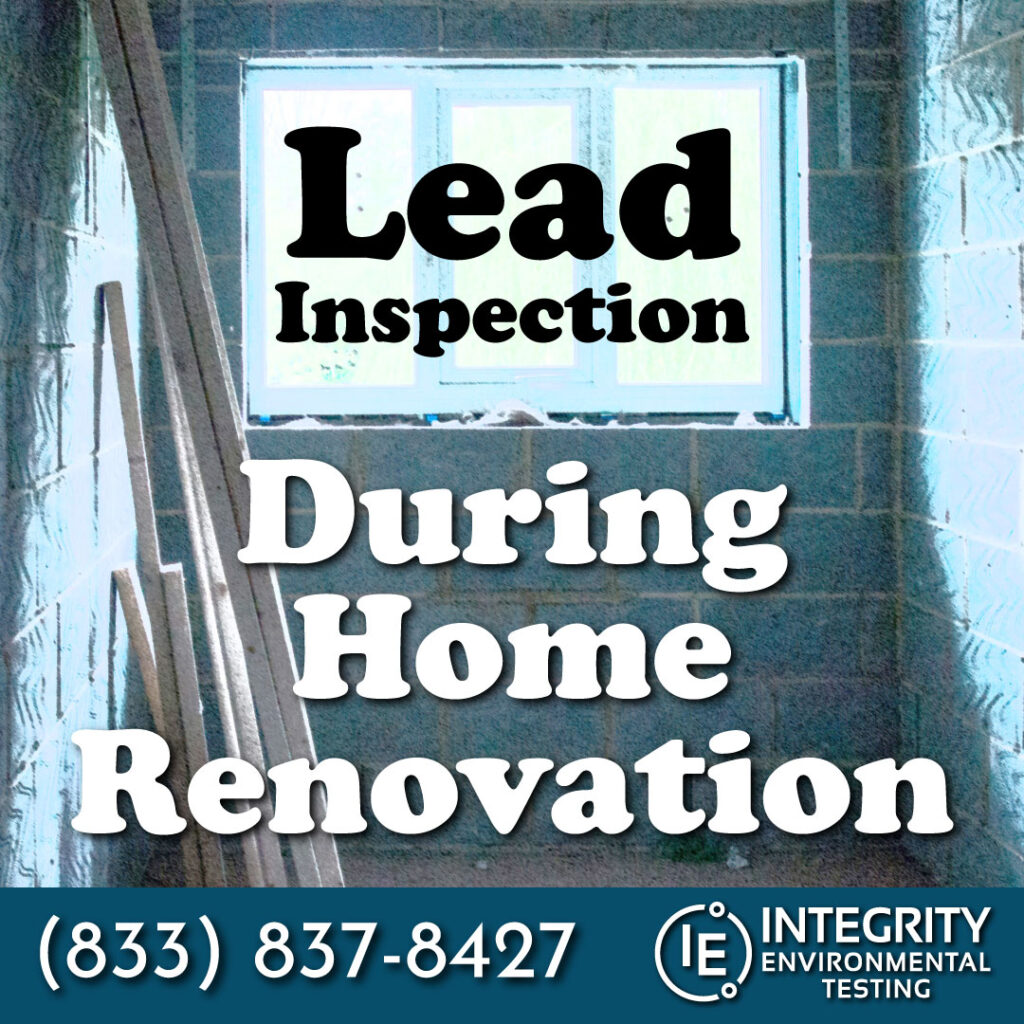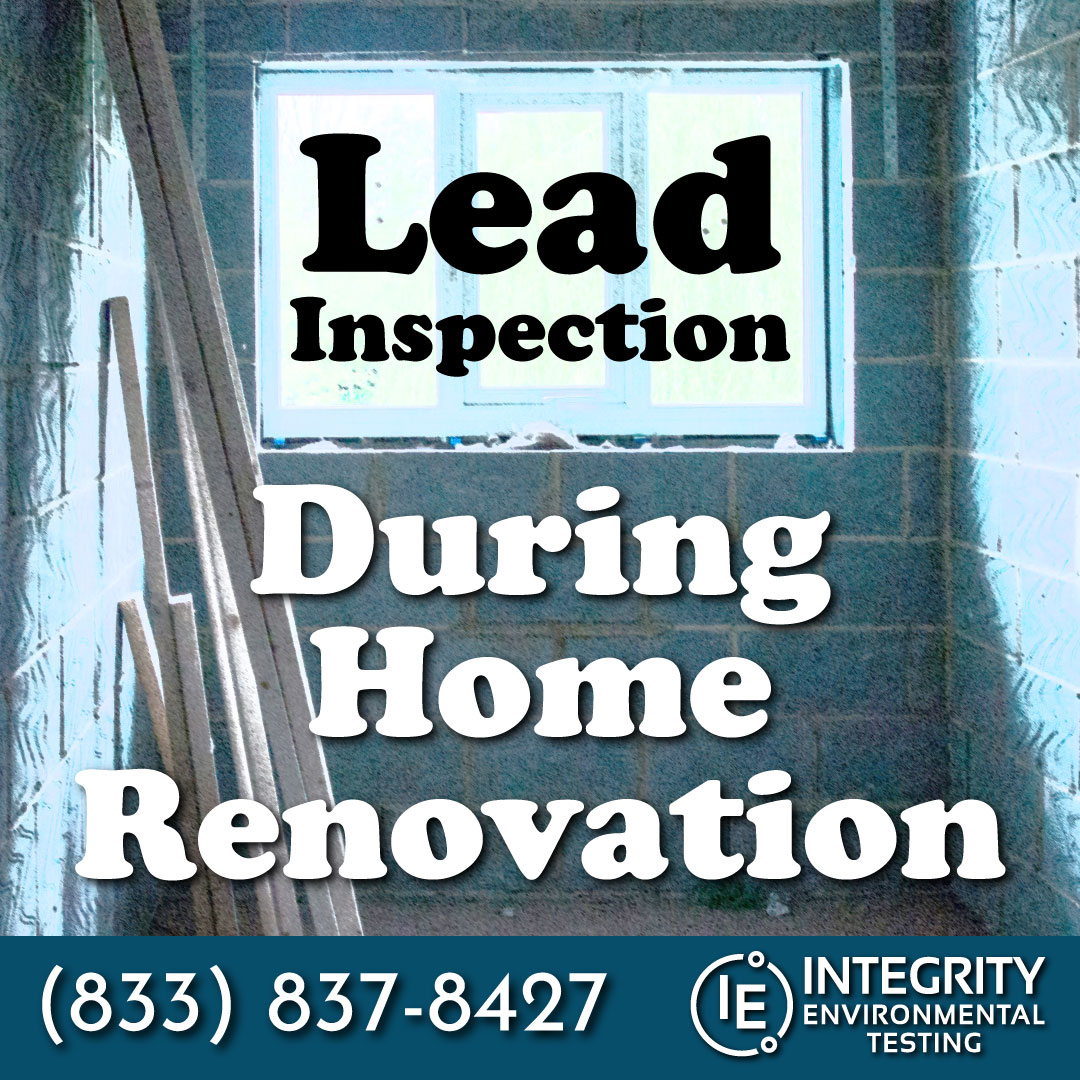
Before embarking on any renovation or remodeling project in a home built before 1978, it’s crucial to determine whether lead-based paint is present. Visual inspection doesn’t take the place of lead inspection. Alone it is insufficient, as lead-based paint may be concealed beneath layers of newer paint. Professional lead testing, conducted by certified inspectors or risk assessors, is the only reliable way to identify lead hazards accurately.
When Was Lead Paint Banned?
Lead-based paint was banned for residential use in 1978 by the Consumer Product Safety Commission (CPSC). However, many homes built before this date still contain lead-based paint, making lead inspection and testing imperative before undertaking any renovation or maintenance work.
Understanding Lead Hazards
Lead-based paint, commonly used in homes built before 1978, poses serious health risks, especially during renovation or remodeling activities. Many older homes still contain remnants of this hazardous material, especially on surfaces like walls, doors, and trim. The dangers of renovating without determining if lead is present are serious. We aim to provide essential tips for ensuring a safe home improvement process.
Lead is a toxic metal that can cause a range of health problems, particularly in children and pregnant women. When lead-based paint deteriorates or is disturbed during renovation work, it can contaminate the air, soil, and surfaces, leading to potential exposure through inhalation, ingestion, or skin contact.
Even low levels of lead exposure can result in serious health issues, including:
- Developmental delays in children
- Learning disabilities
- Behavioral problems
- Reduced IQ
- Nervous system damage
- Kidney damage
- Reproductive problems
- More from the CDC on childhood lead exposure prevention
The health hazards are just the most important aspect we should be concerned with. There are other consequences to skipping testing and ignoring the danger of lead. If you undertake remodeling or renovation projects in a pre-1978 home without addressing lead hazards, you may face significant legal liabilities.
Legal Liabilities of Ignoring Lead Hazards
Violation of Lead Regulations
Renovating without addressing lead hazards may violate federal, state, or local regulations governing lead safety. These regulations, such as the Environmental Protection Agency’s (EPA) Renovation, Repair, and Painting (RRP) Rule, require contractors and property owners to follow specific lead-safe work practices when working on pre-1978 homes.
Legal Action
Individuals exposed to lead hazards due to renovation work may pursue legal action against property owners, contractors, or renovation firms. This can lead to lawsuits seeking compensation for medical expenses, damages, and pain and suffering resulting from lead exposure.
Property Devaluation
Failure to address lead hazards can negatively impact the value of the property. Potential buyers may be deterred from purchasing a home with known lead hazards, leading to difficulties in selling the property or reduced property value.
Breach of Contract
Contractors and renovation firms may face breach of contract claims if they fail to adhere to lead safety requirements outlined in contracts or agreements with property owners. This can result in legal disputes and financial liabilities.
Overall, remodeling without addressing lead hazards not only poses risks to occupants’ health but also exposes property owners, contractors, and renovation firms to significant legal liabilities. Prioritizing lead remediation and compliance with lead safety regulations is essential to avoid legal consequences and ensure the safety of everyone involved in the renovation process.
The Importance of Lead Inspection and Testing
Before initiating any renovation or remodeling project in a pre-1978 home, it’s essential to conduct thorough lead inspection and testing. Visual inspection alone may not suffice, as lead-based paint can be concealed beneath layers of newer paint. Professional lead testing, performed by certified inspectors or risk assessors, is the most reliable method for accurately identifying lead hazards.
Benefits of Lead Encapsulating Paint
In cases where lead-based paint is present but not significantly deteriorated, encapsulating the lead paint may be a viable solution. Lead encapsulating paint forms a protective barrier over lead-based paint, preventing it from chipping or releasing harmful dust. This approach can be an effective interim measure to mitigate lead hazards while planning for long-term lead abatement solutions.
Understanding Lead Abatement
Lead abatement involves the permanent removal or containment of lead-based paint hazards. This process requires specialized training and equipment to ensure safe and effective removal. Lead abatement is typically recommended when lead-based paint is extensively deteriorated or when encapsulation is not feasible. By eliminating lead hazards, homeowners can create a safer living environment for their families.
Lead hazards in older homes pose significant health risks and legal liabilities if not addressed properly. By prioritizing lead inspection and testing before renovation projects, homeowners can identify and mitigate lead hazards effectively. Whether through lead encapsulating paint or lead abatement, taking proactive measures to address lead hazards ensures a safer and healthier living environment for all occupants.
Don’t overlook the importance of lead safety in your renovation plans. Consult with certified professionals, educate yourself on lead safety guidelines, and prioritize the well-being of your family. A thorough lead inspection and testing process can make all the difference in safeguarding your home for years to come.

Always Free Consultations


